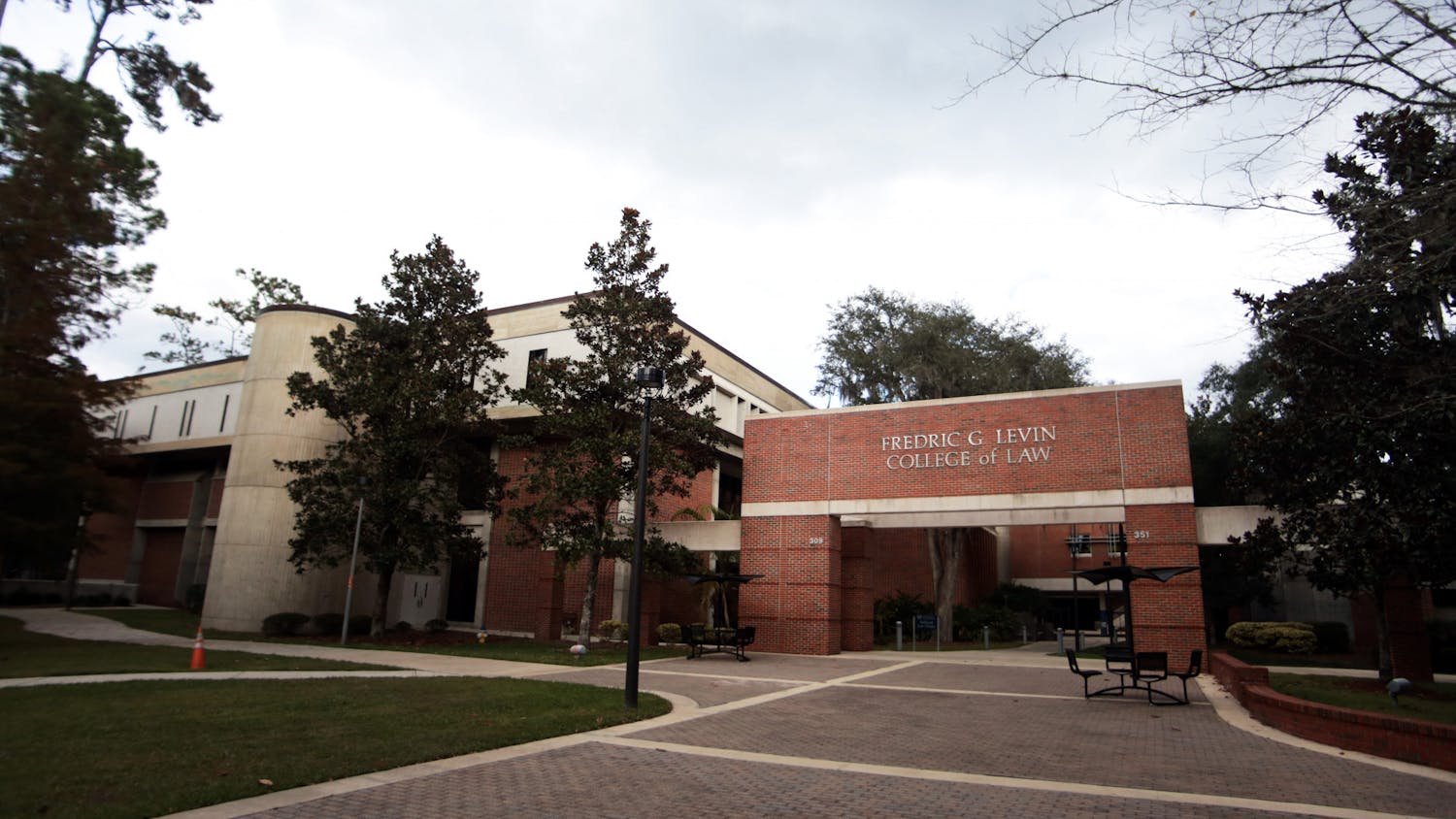Astronomers help discover hyper-starburst galaxy
UF researchers have helped discover a galaxy that produces stars at an unusually high rate.
UF astronomers, along with University of Illinois researchers, published their findings in November. The galaxy, SPT0346-52, is a hyper-starburst galaxy, which produces stars at a rate of about 4,000 solar masses per year, said Jingzhe Ma, a UF astronomy doctoral student who led the study.
By comparison, the Milky Way only produces about one solar mass per year, she said. Researchers measured infra- red light to confirm the rapid formations when they realized the hyper-starburst galaxy wasn’t being caused by a black hole.
“We really would like to see more galaxies like this and understand what triggers the star formation and how that affects the growth of a black hole,” she said.
A researcher first noticed the galaxy because of the high luminosity of infrared light the stars emitted, Ma said. Although the galaxy appears bright, it shines more brightly in the infrared spectrum, which people cannot usually see.
A black hole could explain the high luminosity, Ma said. But because they found no evidence of one, the fast star formation had to be the culprit.
“What triggered that huge star-formation rate is still a mystery,” Ma said.
- Isaac Heller
UF researchers better understand cancer cell growth
UF researchers published their findings in November on why tumor cells resist therapy treatment and continue to grow.
Scientists have known that through a process called epithelial-to-mesenchymal transition, or EMT, cancer cells trans- form to move throughout the body, but they didn’t understand why this happened. The UF team discovered that the cells undergo this process to strengthen unformed blood vessels that feed their growth, said Jianrong Lu, a UF biochemistry and molecular biology professor.
Researchers have debated the EMT process since the 1970s, but the cells’ role after the process was unknown until now, he said. The UF scientists wanted to know how the cells affect cancer.
The researchers found that, through EMT, cancer cells support the blood vessels that feed them, Lu said. The cancer cells coat the blood vessels, giving the weak, partly formed vessels more structure to deliver blood to tumors.
“Basically, our data suggests that those cells can help tumor masses to stabilize their blood supply,” he said.
Lu said he hopes the research may help overcome some cancer’s resistance to therapies, since the EMT process protects cells. Now that researchers know more about the process, physicians can change treatment strategies.
“At least we provided a new potential answer to this question,” Lu said.
- Isaac Heller





